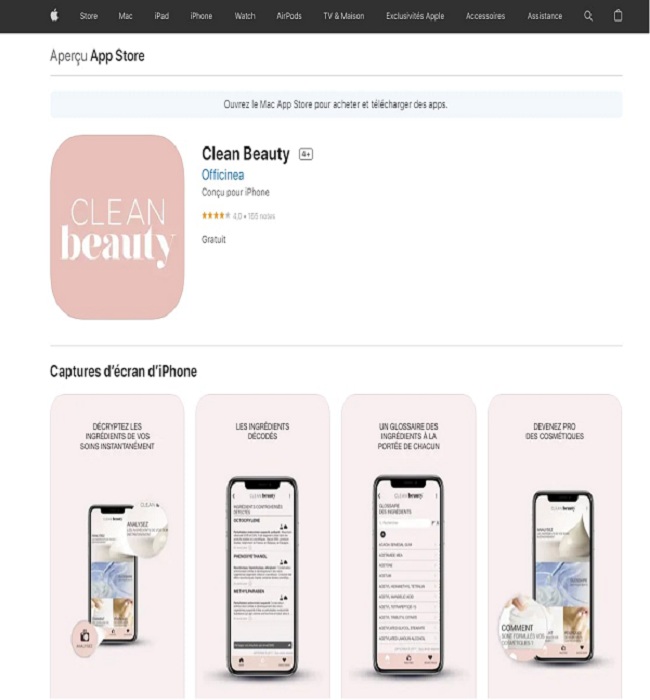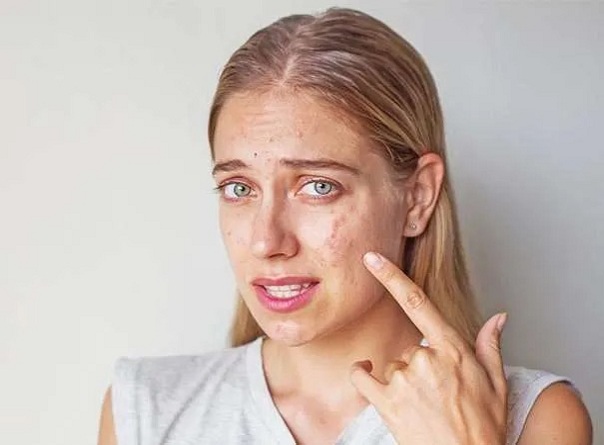The clean beauty movement is working to improve the accessibility of information on the substances used in beauty products. Recognizing harmful substances on cosmetic items is a crucial first step in making the switch to clean beauty. If you’re worried about what might be in your cosmetics, here’s a quick way to find out.
Quick search:
- Toxin-free Skincare
- Clean Make up
- Safe Products for Kids and Babies
The US has far to go before all products are chemical-free. When compared to the European Union’s ban on around 1,300 components, the FDA’s ban on just 11.
It is largely up to the individual consumer to check labels and select safe options. We feel strongly that you shouldn’t have to worry about the safety of the ingredients in the cosmetics you use, so we compiled this guide to assist you in doing so.
Realize the Importance of Using Non-Toxic Products
Everyone who makes the journey to clean beauty needs to start somewhere. Typically, this entails first learning what makes certain compounds dangerous while others are safe to use.
Here’s what makes a substance toxic:
- A component may interfere with your endocrine system (aka your hormones). Hormone disruption has been related to the use of a variety of synthetic chemicals, including phthalates, sodium laureth sulfate, triclosan, and polyethylene glycols (PEGs). Altering your body’s hormone production levels might have devastating effects on your health.
- Toxic components have the potential to be carcinogenic, which means they raise the risk of certain types of cancer. Diethanolamine, formaldehyde, and butylated hydroxyanisole are all chemicals frequently used in cosmetics that have been linked to cancer. Formaldehyde, for instance, has been linked to an increased risk of leukemia and nasopharyngeal cancer.
- Certain components may be harmful to non-reproductive bodily parts as well. If you knew that a product contained an element that was hazardous to your liver or kidneys, would you still use it? Compounds such as Triethanolamine, Parabens, and Methylchloroisothiazolinone are just a few examples of dangerous ingredients that can be lethal if ingested.
- In the best-case scenario, hazardous chemicals in cosmetics are irritating. Many harmful cosmetic components have the side effect of causing irritation, and some can even cause allergic responses. Ingredients including fragrance, sulfates, essential oils, and metals can cause skin irritation, however this might vary from case to case.
The time spent studying to verify cosmetics’ ingredient lists is time well spent. Toxic compounds in cosmetics pose a wide variety of health hazards, from moderate discomfort to life-threatening sickness.

Maintain a Cosmetic Ingredients List on Hand
Yes, we are aware that you are not a walking encyclopedia. There are thousands of potentially dangerous substances out there, and while it would be hard to remember them all, the worst offenders are worth keeping in mind. We’ve all heard of parabens, but that’s not all there is to know about them.
Take a screenshot of this list of the worst offenders:
- Parabens like Propylparaben and Iosbutylparaben
- Fragrance
- Chemical UV filters Octinoxate and Oxybenzone
- Diethanolamine (DEA)
- Triclosan
- Phthalates like Dibutyl phthalate
- Sodium laureth sulfate (SLS)
- Formaldehyde
- Polyethylene (PEGs) like PEG-10 laurate
- Butylated hydroxyanisole (BHA)
When in doubt, consult our cheat sheet to refresh your memory on which ingredients to avoid. You should be able to cross-reference ingredients in cosmetics with this list, despite the fact that some ingredients have dozens of names.

Know Your Resources
Thanks to the Internet, communities can develop quickly and welcome members from all over the world. To give just one example, there is the Clean Beauty Movement. There are already applications, websites, YouTube channels, and even businesses devoted solely to the goal of eliminating the use of harmful substances and expanding access to alternatives.
If you want to make sure that the components in your cosmetics are safe, you can use the following tools:
- Read about clean beauty
If you’re interested in learning more about how to verify cosmetics’ ingredients, you’ll find endless information online to make educated cosmetics purchases
Several in-depth guides covering the most popular beauty products and categories are available for free online.
- Always read labels
The clean beauty movement has gained traction in recent years, and shops and brands have taken note. We applaud the efforts of behemoths like Target and Sephora to raise customer awareness of the need of reading cosmetics labels.
Safer product labeling can now be found at both Target and Sephora. Look into the Clean at Sephora selection the next time you’re in the store. Also, keep an eye out for the squeaky-clean Target logo!
There are numerous cosmetics companies that market themselves as “clean” or “non-toxic.” Always use an outside authority to verify claims made on a label. Even if Sephora, Target, or an independent brand claims to be clean and non-toxic, be wary and do your own research.
- Use apps & other tools
It is now possible to verify the safety of cosmetics with the help of applications that scan and analyze chemicals. There is certainly room for improvement in technology, but we should be thankful for what we have now.
Clean Beauty on the App Store: https://apps.apple.com/fr/app/clean-beauty/id1195140743

The Bottom Line on Checking Cosmetic Ingredients
The takeaway is that while testing cosmetic chemicals can be challenging, it is not impossible. Toxic compounds represent real threats to human health and must be treated as such.
Since the legal ban on harmful substances only includes a handful of toxins, knowing how to verify compounds in cosmetics is a vital skill to have.

